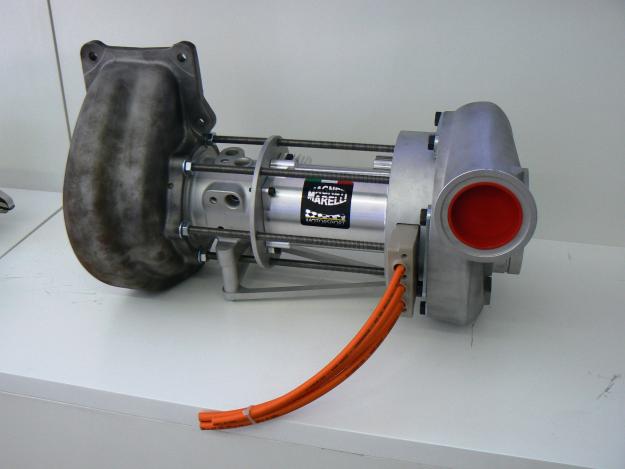Quote:
Originally Posted by NISFAN

In theory, in practice to flow enough air to make a difference, it takes a very large amount of power.....I'm told a journal bearing turbo under full load uses 1000watts of power to drive just the bearings. Not the compressor load, just thrust bearing load. 1000watts from a 12v system is one large electric motor, just to overcome the bearing losses. The compressor requires a significant amount more than this to actually do the work it requires. You can work it out, but I'm guessing you would need 5000watts minimum. And what does that give you? when does it come into action? Everytime you are sitting at the lights idling? All the time you are cruising along the highway, just in case you want to give it some? 5000watts is around 370 Amps. That is cabling thicker than your thumb to handle that power, and draining the battery way faster than the alternator can charge. Not a practical solution.
|
1000W is around 1,3hp
In a high voltage circuit of, say 250V (as a KERS type circuit is) that is around 4amps...
5000W at 250V is 20amps.
A EV/Hybrid vehicle generally has 100-300V and the Prius has a voltage converter that can "boost" the voltage going to the electrical motors to 600V...
The electrical generator/motor on the F1 turbos are fairly big:



But the cabling isn't THAT big diameter, due to the
high voltage they operate under.
If it can be made to work on a F1 engine, why not on a production engine? You would obviously need a energy storage unit for the high voltage units. And it won't be able to spool the turbo for prolonged periods of time without also being in a regeneration mode from time to time.